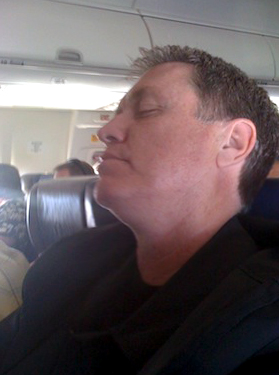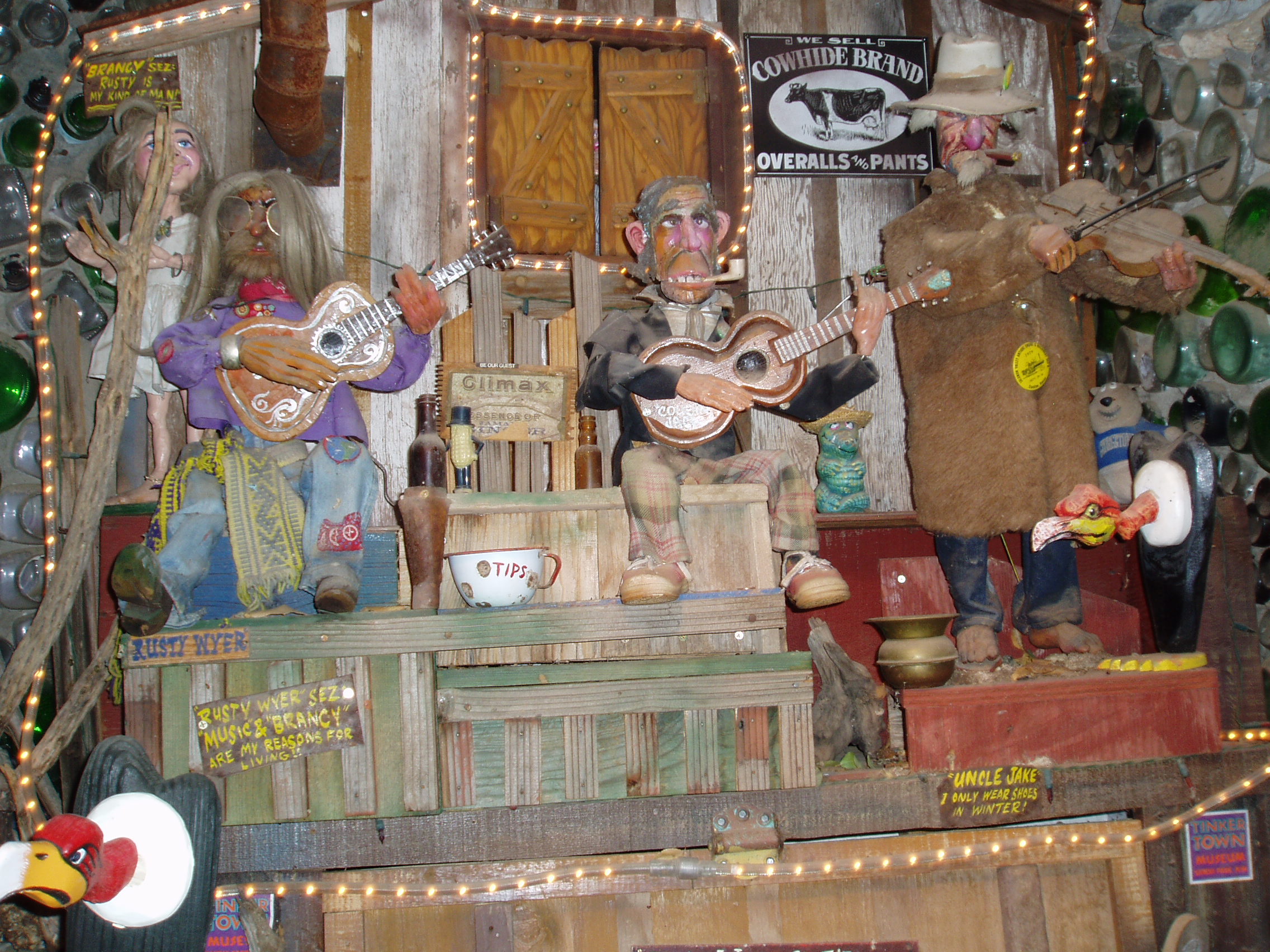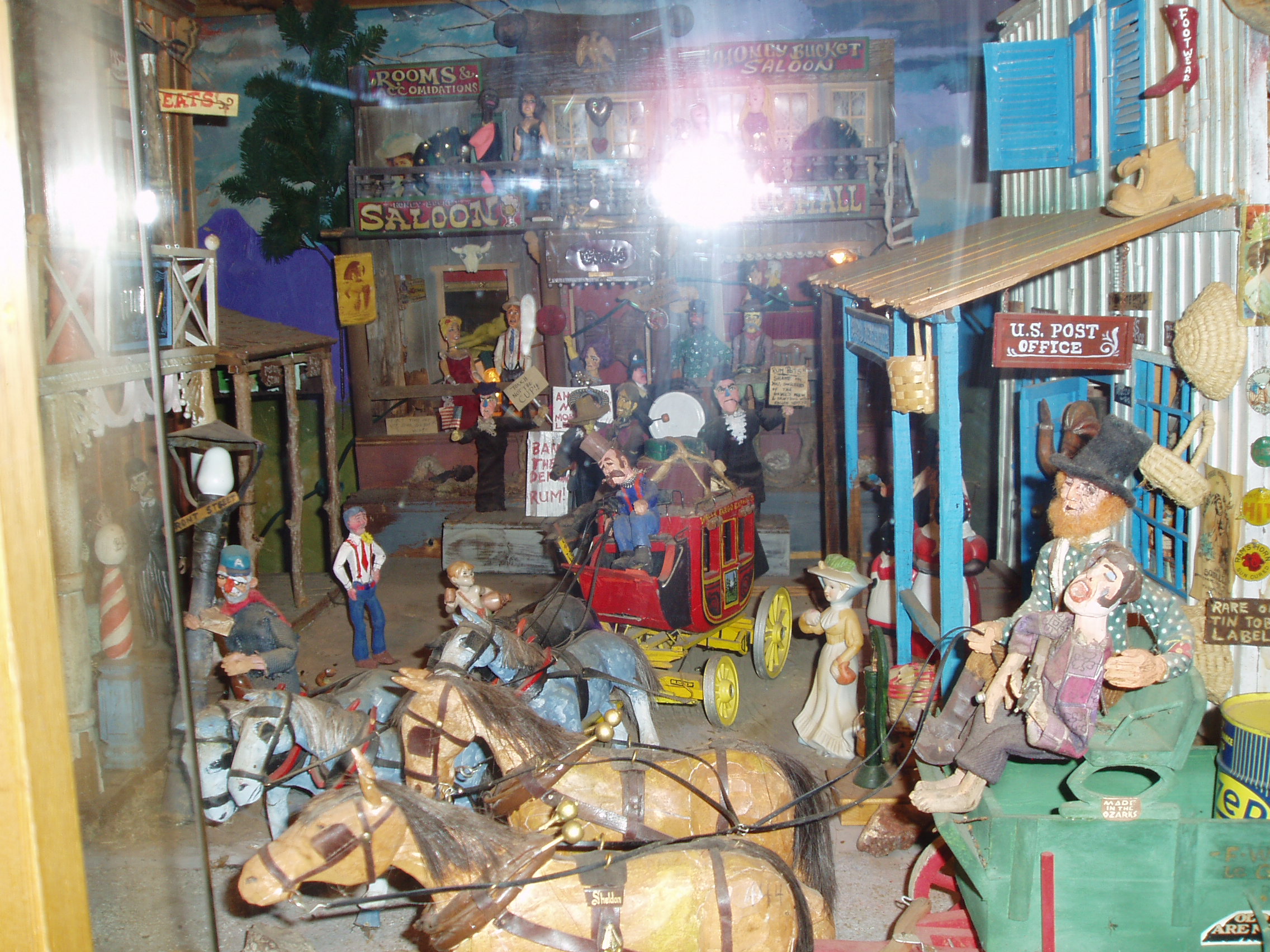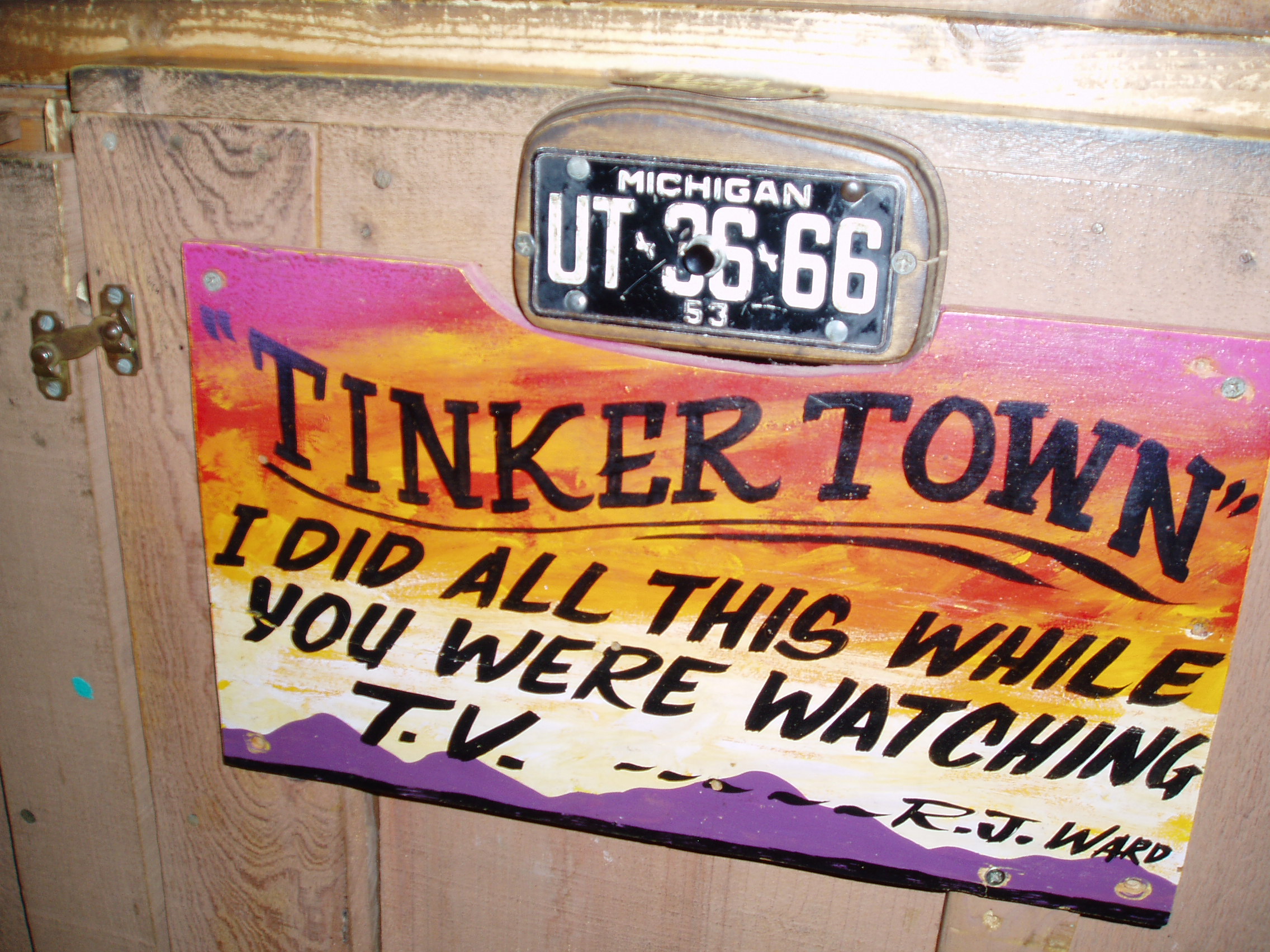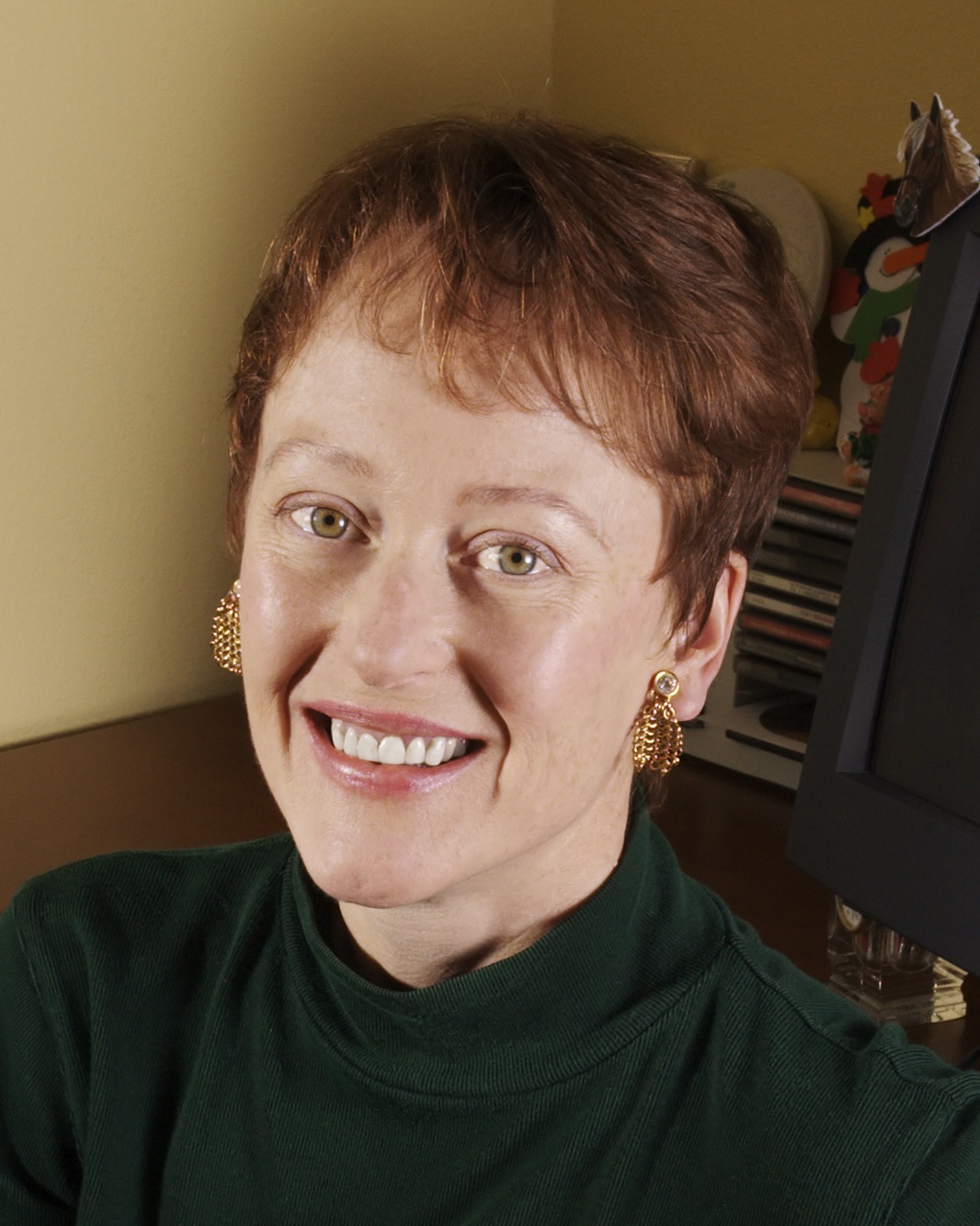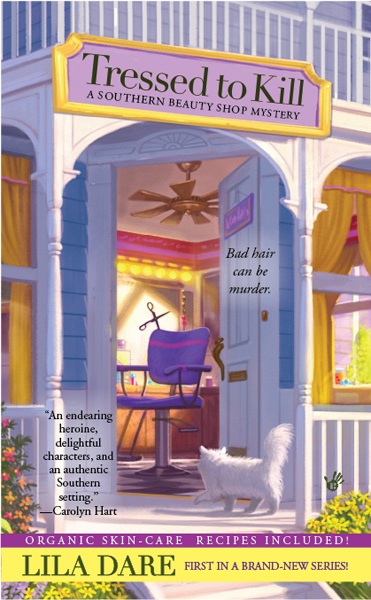by Alexandra Sokoloff
The Matrix is a movie I’ve been thinking about a lot as I work on my new book. Not just because the story pattern of my book is a Chosen One story – not as blatantly so as The Matrix is, but thera are some crossovers, especially the strong Mentor/Student relationship.
But also, as I’ve written about here recently, I’ve been doing a lot of inner work and exploration, and The Matrix is just overflowing with enlightenment metaphors and imagery from different spiritual traditions. I screened the film for a workshop I was teaching in Sonoma recently and people were just amazed at how many religious references they could see, once they were actually looking for thematic images.
These days I am very enamored of the idea that what we think of as reality is just a construct designed to enslave us and prevent us from seeing the world as it really is. And people as they really are.
(Of course as writers we break through the Matrix every day and create our own realities.)
But I’m also inspired by how The Matrix, a wildly popular sci fi action/adventure thriller, managed to get away with so much spirituality. The interesting thing is that I don’t think you have to understand the spiritual references to feel that there’s a transcendent and important struggle going on in that film. The filmmakers were passionately committed to telling a spiritual story, and it plays for millions of people, on many different levels. Now THAT is something to aspire to.
So since I’m in teaching mode (doing a workshop for First Coast Romance Writers in Jacksonville this weekend…), here’s my first act analysis of The Matrix (which I’ll continue on my own blog next week.)
Genre-wise, The Matrix crosses Sci-fi with Action. But the KIND of story it is, is a King Arthur, Chosen One, or Messiah story, like Harry Potter (all of them) and Star Wars (the original, and original trilogy) and The Lord of the Rings.
While the question about Harry Potter is: “Is he good or is he bad?” – the big question about Neo in the Matrix is – “Is he or is he not The One?” The question is voiced in the first few lines of the movie: “Morpheus believes he is The One.” “Do you?… You don’t, do you?”
———————————————————————————————————————
The Matrix, written and directed by Larry & Andy Wachowski
ACT ONE
SEQUENCE ONE: SET UP (17 min).
OPENING IMAGE – computer code. This of course is a reference to what The Matrix actually is: a virtual reality program. (And btw, it’s the intro to the MAIN ANTAGONIST – which is the enslaving Matrix). (FORCES OF ANTAGONISM).
We hear Trinity and Cypher talking; they are watching someone, and Cypher asks her the question, “Do you think he is The One?”
Trinity has a sudden suspicion the phone is tapped and hangs up. (We don’t know this right now, but this is a betrayal by the Judas figure Cypher, a secondary villain (FORCES OF ANTAGONISM).
(It may be a little early to say this, but what the hell. The name “Trinity” of course underlines the trinity that will form of Neo, Morpheus, and Trinity – the archetypal Father, Mother, Son (which later patriarchal religions defeminized, removing the Mother from the equation).
Cut to: outside a dark building, cops arrive for a bust, but are outranked by three bizarre AGENTS: Smith, Jones and Brown (FORCES OF ANTAGONISM). Agent Smith is one of the great screen villains, thanks to this triplet conceit, a fantastically robotic (and demented) performance by Hugo Weaving and some truly inspired costume choices – everything about these guys is a little off, from the spiral cords behind their ears to the impeccable but wrongly placed tie tacs. We get a sense of the power of this adversary when the street cop says disparagingly about Trinity, “I think my men can handle one little girl,” and Agent Smith replies – “Your men are already dead.”
His words are prophetic: we cut to the cops bursting in on Trinity, seated in a dark room at a computer – and see her kill all of them with superhuman martial arts moves. (We’ve see this all-knowing-villain technique of predicting action used with Lecter in SILENCE OF THE LAMBS as well.)
Trinity is a strong, sexy woman, but what makes her instantly relatable is that she is frightened – when Morpheus calls her and says there are agents after her, we can see her fear. Later in the scene she talks to herself to force herself to keep moving. That brings a reality and emotion to the action scenes that is often missing in this genre.
Morpheus tells her she needs to focus and get to a phone at a certain location. (SET UP of phone as portal).
There is a SET PIECE chase: The agents chasing Trinity through the corridors and stairways of a the dark building, then over the rooftops, again with superhuman moves. The production design of this scene is thematic – it looks like the inside of a computer or machine, a visual image of the Matrix.
Trinity gets to the phone booth with the ringing phone and picks up just as the phone booth is hit by a garbage truck driven by Agent Smith. But Trinity has disappeared from the rubble. (Phone as PASSAGEWAY to the special world). The agents say she made it out but it doesn’t matter because the informant is real. The target is Neo. (7 min)
Cut to Neo’s apartment. Neo is asleep in front of numerous computers running a search on computer terrorist Morpheus and The Matrix. (Important background info which is actually very easily missed; it should have been given a bit more time.) (This is a THEMATIC INTRO to main character – he’s asleep, and an underlying spiritual theme of the film – as is the point of all mystical traditions, the goal of earthly life is to wake up to reality – ie. enlightenment.).
This opening dialogue with Neo is so thematic it’s worth looking at the whole scene: I’ve underlined the thematic references.
—————-
From The Matrix, written by Larry & Andy Wachowski
In Neo’s apartment. He is asleep at his computer, with headphones on. On his computer screen, we see he is running a search on a man named Morpheus. Suddenly on his computer screen appear the words ‘Wake up, Neo.’ He sits up, and stares at his computer screen.
Neo : What?
On the computer, now appears ‘The Matrix has you…’
Neo : What the hell?
On the computer, now appears ‘Follow the white rabbit…’
Neo : Follow the white rabbit?
He presses the ‘esc’ key repeatedly, no effect. the computer comes up with one last message : ‘Knock knock, Neo.’ There is a loud knock at his door, and he jumps. He stares at the door, and then back at his computer screen. it’s now blank.
Neo : …..Who is it?
Choi : It’s Choi.
Neo : Yeah…yeah…you’re two hours late.
Choi : I know, it’s her fault.
Choi gestures towards DuJour.
Neo : You got the money?
Choi : Two grand.
Neo :Hold on.
Neo goes into his apartment, shuts the door, and opens a book, takes out a CD rom, and goes back to the door, handing the CD to Choi.
Choi : Hallelujah. You’re my saviour, man. My own personal Jesus Christ.
Neo :You get caught using that…
Choi : Yeah, I know. This never happened, you don’t exist.
Neo : Right.
Choi : Something wrong, man? You look a little whiter than usual.
Neo : My computer….it..you ever have that feeling where you don’t know if you’re awake or still dreaming?
Choi : Mm, all the time. It’s called Mescaline. It’s the only way
to fly. Hey, it sounds to me like you need to unplug, man.
————
The Matrix is all about waking up, about what reality is, and about Neo as the potential savior of the world, which has been enslaved by a virtual reality program. And escaping. And going down the rabbit hole.
Well, that above is maybe a four minute scene, and look how blatant the themes are. It spells out the entire story. And yet it works on the surface level as well, an audience isn’t stopping to think, “Oh, there’s a theme, and there’s a theme, and yet another theme.”
(If there’s anything I learned from screenwriting it’s that you can JUST SAY IT. And it generally works better if you just do.)
The scene ends with Choi inviting Neo to come out with them to a club, and while Neo initially declines because he has to work the next day (SET UP), he sees DuJour has a white rabbit tattoo and he follows them to the club,
As Neo stands alone in a bondage club (he’s in bondage to the Matrix, right?) Trinity comes up to him and in a very hot scene leans in to speak the entire dialogue of the scene into his ear. She seems to know everything about him, great start to a love story. She says: “You’re looking for him (Morpheus)”, but really “It’s the question that drives you.” Neo knows the question: “What is the Matrix?” She tells him he’s in danger, and they’re coming for him. (ALLY and LOVE INTEREST).
The club music segues into alarm – Neo wakes is in his own bed. (THEME: asleep or awake? What is reality?)
(12 min)
Cut to software company. Now we see Neo in his other persona as Thomas Anderson, an office drone. This is the very ORDINARY WORLD. He’s late for work and dressed down by his boss in the boss’s office – with noisy window washers outside the plate glass window (PLANT). More thematic dialogue from the boss – “You’re not special” (THEME – is he or isn’t he?) . “It’s time to make a choice.”
Back at his cubicle Neo receives a FedEx package containing a cell phone, which rings. It’s Morpheus. (And isn’t this every working man’s fantasy – being called out of cubicle world for a special mission?). Morpheus tells Neo the agents have come for him and, seeming all-seeing, gives him instructions on how to elude them. He instructs Neo to go out on the window washers’ scaffold. (PAYOFF of noisy window washers). Neo is clearly terrified (links him with Trinity, their vulnerability) , but obeys, crawling out on the precarious scaffold…
Then he doesn’t take the final step to get on the girder which would allow him to escape – afraid of falling/taking the jump. The cell phone falls and Neo whispers, “I can’t do this.” (THEME, and introduces the character’s FEAR: He can’t do it. Which will become our FEAR: He’s not The One.).
So Neo fails the first TEST, setting up the question of: “Is he really The One?” (All right, just pretend it isn’t Keanu Reeves and go with it.)
On the ground floor, Trinity watches the Agents take Neo away. (17 min)
SEQUENCE TWO: (18 min.)
(Might as well call this sequence: The Invitation – Neo gets two of them, actually, one from Agent Smith, and then another diametrically opposed invite from Morpheus.)
Agents are questioning Neo in an interrogation room. They have a comically thick file on him. They know Neo’s real name and hacker alias. Agent Smith tells him: “One of these lives doesn’t have a future.” But Agent Smith is willing to cut a deal – Neo’s freedom for his help catching Morpheus. Neo gives him the finger and demands his phone call. Agent Smith tells him, “What good is a phone call if you cannot speak?” Neo’s lips literally fuse together so he can’t talk; the agents hold him down and release a mechanical bug which crawls into him through his navel. (Rape image which will be repeated.).
(21 min)
Again, Neo wakes in his own bed, screaming. His mouth is normal. (What is real?) The phone rings – it’s Morpheus again, wanting to set up a meeting. Morpheus says that the agents have underestimated how important Neo is. But Morpheus has been looking for Neo his entire life: Neo is The One.
(Btw – “The One” is a very layered concept, here – “The One” is the literal translation of the old Biblical word for “God”. It is the plural form of One – ie. “Many in One” or “Us”. In other words, the implication is that Neo is ALL of us, and his task in this journey, breaking through the Matrix, is our task.)
Trinity, Apoc, and very androgynous Switch pick Neo up under a bridge and hold a gun on him. When Neo protests, Switch says it’s their way or the highway. When Neo starts to get out of the car, Trinity asks him to trust her, and he stays. (Note the waterfall off the underpass in this scene – a birth canal image which will be repeated. Bridges of course are symbols of transitions).
Trinity scans him in another quasi-rape moment, zaps the bug and pulls it out. It’s a real bug when she takes it out, but when she throws it out of the car, a mechanical device lands on the pavement. (REAL? NOT REAL?)
(24 min)
They take Neo to a crumbling, vacant, Gothic hotel. In a corridor outside a room, Trinity tells Neo to tell Morpheus the truth – “He knows more than you can possibly imagine.” (BUILD UP TO CHARACTER).
Neo meets the very charismatic Morpheus in a very Gothic, crumbling room. (MEETING THE MENTOR). They sit in two high backed chairs in front of a standing mirror to talk. Morpheus wears mirrored shades which reflect two Neos – a visual that will be repeated several times. Alice in Wonderland theme continues as Morpheus says, “You must feel like Alice…. Tumbling down the rabbit hole.” Morpheus goes on cryptically: “You want to know what The Matrix is. The Matrix is everywhere. You are a slave.” Then he offers Neo a choice of a red pill or a blue pill. If he takes the red pill, he will go back to his life and believe what he wants to believe. If he takes the blue one, he will see the truth. But, Morpheus warns, all he is promising is the truth. Neo takes the blue pill to continue. (Great, unique PASSAGEWAY INTO SPECIAL WORLD). Neo notices the mirror is cracked and reflects two of him. It looks very much like he is starting to trip, not that I would know anything about it. When he reaches to touch the glass, the mirror becomes liquid and envelops him, while Morpheus’ group tries to trace him. (With a steampunk kind of machine powered by a battery).
Thematic – is this really happening or a drug-induced hallucination?
(28 min)
Neo wakes up naked and bald in a podlike tank of goo, connected to tubes. He unplugs himself and lifts the lid of the pod to look out on a vast, endless hive of pods, all with naked bald humans sleeping inside. (SETPIECE). (THEME/IMAGE SYSTEM – I might be stretching here, but there’s a lotuslike appearance to this whole pod system, the pods as flower petals, the lotus in muddy water. Another enlightenment image). A mechanical insectoid thing darts down and ejects NEO from the pod, dropping him into a watery canal. Neo sees a bright light descending and is hoisted up into Morpheus’s hovercraft.
This is an image like birth, and also like a reverse baptism – Morpheus of course being throughout a John the Baptist figure proclaiming t
he coming of the Messiah (the One).
In the hovercraft, Morpheus (wearing clothing somewhat like dirty sackcloth, a student pointed out) welcomes Neo to the real world. Neo passes out. (and a MONTAGE begins… ).
SEQUENCE TWO CLIMAX
Now, this is 31 minutes in and could arguably be called the ACT ONE CLIMAX. But when Neo wakes up in the life support tank and sees the pods of people, the real reality, it’s climactic, and we might understand that this is the real reality, but we still don’t really have a clue what that means and what the action of the story actually will be.
So I’m thinking that the next nine minutes, even thought it’s a separate sequence, is all part of a long Act One.
SEQUENCE THREE:
The MONTAGE continues.
MONTAGE – with a lot of Neo passing out between clips. (THEME: Awake/asleep again).
– As Neo is unconscious, Morpheus tells Trinity “We’ve found him. He’s the One.” Trinity doesn’t agree, but says, “I hope you’re right.” (THEME: Is he or isn’t he?)
– Neo wakes up and finds his muscles being stimulated by electrified acupuncture needles. He asks why his eyes hurt and Morpheus says he’s never used them.
Neo wakes up in a room of the ship, on a cot. He pulls an IV out of his arm. Morpheus comes in and begins to answer his questions. First tells him that it’s not 1999 but more like 2199, but no one knows for sure.
Morpheus takes him through the ship, introduces him to the rest of the crew (MEETING THE TEAM) – Apoc, Switch, Cypher, Tank, Dozer and Mouse. Morpheus asks Neo if he wants to know that the Matrix is – and when Neo nods, they strap him into a chair, plug a coaxial cable into the socket in his head, and Neo is suddenly inside a virtual reality program with Morpheus. Morpheus explains (with images on a TV to illustrate) that the Matrix is a virtual reality program that simulates the world that Neo has been living in. The real world was destroyed when humans gave birth to Artificial Intelligence and that living consciousness spawned an entire race of intelligent machines. There was a war between humans and machines which basically destroyed the planet. The machines had been dependent on solar power and to replace that energy source they have devised a system of extracting energy from humans – essentially using people as batteries, in pod systems like the one Neo woke up in. New humans are not born, but bred, and dead humans are liquefied to feed the living. (Shades of Terminator, Soylent Green…)
Morpheus sums up: “What is The Matrix? Control. The Matrix is a computer-generated dream world, built to keep us under control in order to change a human being into this.” Morpheus holds up a battery to Neo.
(THEMATIC: The Matrix is Maya – the veil of illusion).
Neo freaks out at all this, not wanting to believe – he wants to go back. He has a panic attack, throws up and passes out. (This will be important – sets up the desire to escape the truth of reality).
Neo wakes up in his room with Morpheus there. Neo asks, “I can’t go back, can I?” Morpheus says no and apologizes for the trauma – usually they would not have “freed a mind” that had reached a certain age. But then Morpheus tells Neo of the prophecy: When the Matrix was first built, there was a man born inside who had the ability to change whatever he wanted, to remake the Matrix as he saw fit. It was he who freed the first of us, taught us the truth : ‘As long as the Matrix exists, the human race will never be free.’ After he died, the Oracle prophesied his return, and that his coming would hail the destruction of the Matrix, end the war, bring freedom to our people. That is why there are those of us who have spent our entire _lives_ searching the Matrix, looking for him. I did what I did because…I believe that search is over. “
Morpheus stands and tells Neo to get some sleep – he’ll need it for his training.
40 minutes – ACT ONE CLIMAX
Now we know everything we need to know about what this story is about. CENTRAL QUESTION: Will Neo prove himself to be The One who can face off with the agents and destroy the Matrix?
And Morpheus’s PLAN is – to train Neo so that he can take on that mantle and destroy the Matrix.
This extra sequence is a good reminder that story structure is not by any means inflexible – if your story needs another sequence in one of the acts, just do it! Remember the cardinal rule of storytelling: WHATEVER WORKS.
And if you’re building a world, in sci fi or fantasy or urban fantasy, you may well want to take an extra sequence to fully set up and explain your story world. The Matrix does this particularly well – it’s blatant exposition and back story, but with great virtual reality effects and shocking imagery, so it’s very clear without ever being boring.
Another interesting thing to note about the structure of the Matrix is that the mentor, Morpheus, drives the action for most of the movie. He’s the one with the PLAN, and calls the shots. Neo is merely a tool for most of the story – but that means that we are waiting for him to take control and step into the role of The One. A common pattern, and something to keep in mind when you’re writing a King Arthur and/or mentor story.
Okay, so a few questions. First of course – any visual and thematic imagery I’ve missed?
But what I really want to know is – writers, do you ever – or always – incorporate spiritual themes into your writing? And readers, do you gravitate toward books and movies with spiritual themes, regardless of genre?
– Alex








